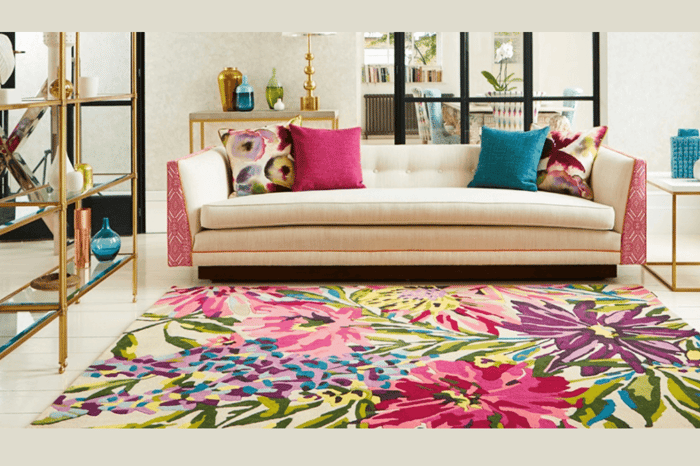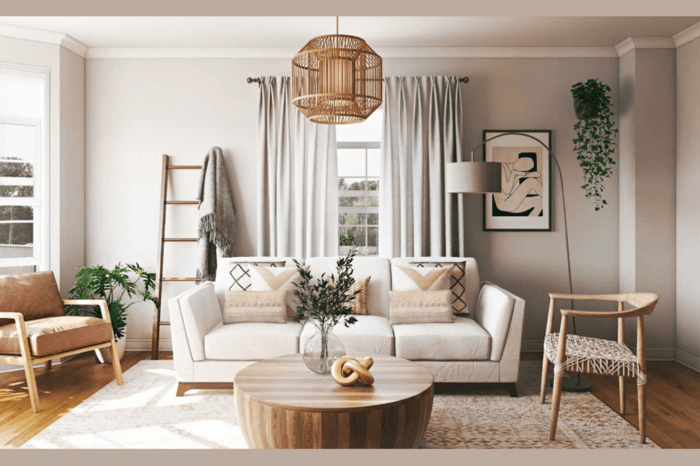Contemporary Design Defined
There is no time period that defines contemporary design. It continues to evolve and reflect the popular styles of present day design; influenced by modernism, minimalism, Art Deco, and other global styles.
For those beginning their foray into design styles, it can be fairly easy to mistake Modern versus Contemporary as they share several aspects of design styles. Below is a step-by-step guide outlining the essential traits of a contemporary interior so there’s less confusion. Once familiar, you will be able to recognize the difference between these two styles.
Bold statements. Simplicity. Cultural flair. These are the elements that are combined to form a contemporary decorating style, resulting in a balanced home that emanates inviting spaces of relaxed sophistication. Because of the continued incorporation of the ‘new’, contemporary decor will never feel dated. The use of clean lines in furniture and structural elements, plus the inclusion of multiple textures are some of the additional details that yield a contemporary style home.
HISTORY
The beginning of the contemporary design style seems to start closer towards the end of the 20th century. Postmodernism gave way to what is now considered contemporary, starting in roughly the early 80’s, incorporating elements from Art deco and futurism. Truth be told, this era of design is still morphing, taking on new shapes and facets as we move well into the 21st century.
Modern design can be regulated to a specific time in history, while contemporary is NOW, original, continuously adding to the fundamentals of design as technology and innovation in design thought evolves. Contemporary does use large elements from the past, but again, it is blending the genuinely new with the functionality of the previous modern basics.
INSPIRATION
What are the main influences that are driving the contemporary design style? To answer that we just need to look at the world around us. The digital age, advancements in technology, and access to world-wide travel are the components that set the stage. Awareness about the environment, thankfully, also plays a large role in this movement. More than any time in history, our homes are reflecting a combination of styles from all corners of the world.
Although contemporary style started with its roots in modernism, what sets it apart is the incorporation of some softer lines, a hint of whimsy, and art with less structure and more flash. Other design styles with influence include: eclectic, Scandinavian, minimalism, coastal, industrial, and glam.
Trying to nail down specific famous designers for this period is almost impossible. There are SO many across the spectrum of furnishings, art collections, and design houses that the lists just go on and on. Composed in 2018, we enjoy this list compiled by Vogue sharing contemporary designers and manufacturing houses all based in the U.S., from A-Z.
DECORATING STYLE
As mentioned earlier, contemporary design style is ever evolving, but there are definitely several elements that make it stand out from other styles. Challenging boundaries, pushing the envelope in art and structure, contemporary design is ultimately showcasing the future. The latest materials, a cooler color palette, and shapes that are on the forefront of imagination combine to give us the modern day world of contemporary style. Here are several distinct elements that will help you create your contemporary design space.
21st Century Materials
Environmental awareness and innovative use of sustainable materials are the new foundations of design in a contemporary home. Harnessing renewable resources such as bamboo, hemp, recycled plastics and glass, clay and cork all make up the palette of materials in use for contemporary design these days.

Example of durable and sustainable bamboo in a contemporary bathroom setting.
The Art of Light
Quite simply, light in contemporary design can be the showstopper, the central theme of any room. Lighting in this era has been taken into the world of high art. The styles cover the gambit in look, from high-class ornate, to simple artistic shapes, to lighting pieces that inspire and delight with a creativeness that calls for reflection.
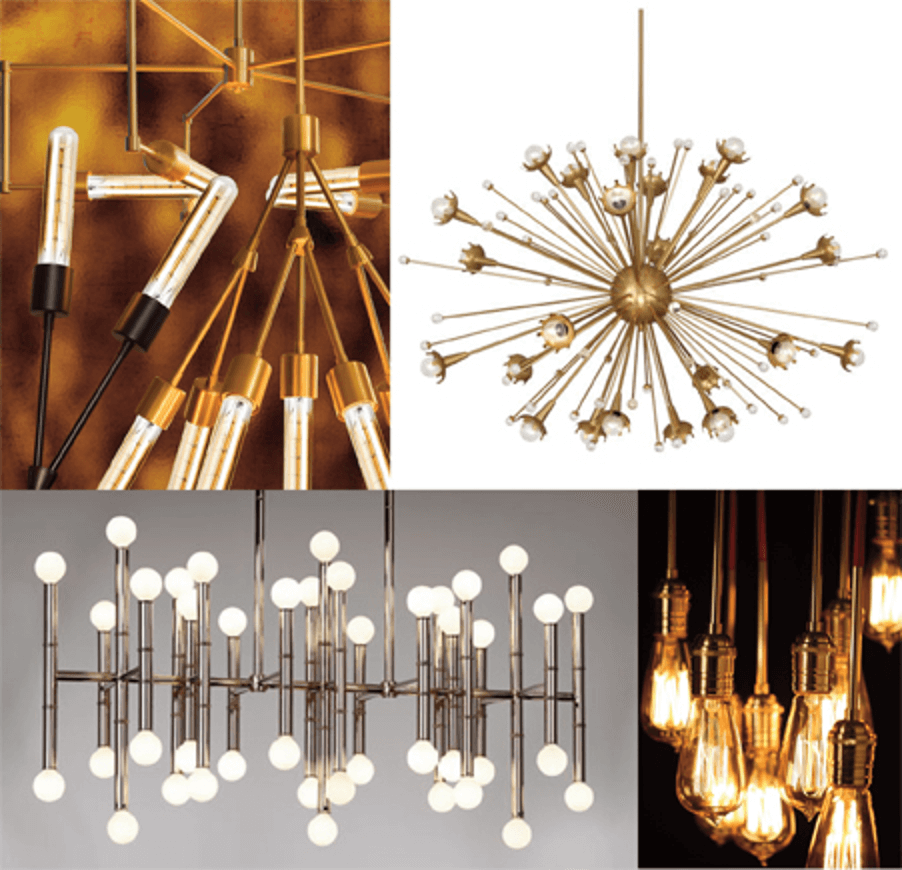
World Touch
Contemporary interior design these days will now almost always include an element of the eclectic, offering a blending of international flair, be it a sculpture from Africa, a statue from Asia, or a wall-hanging from South America. Accents with influence from around the globe make up part of the contemporary style.
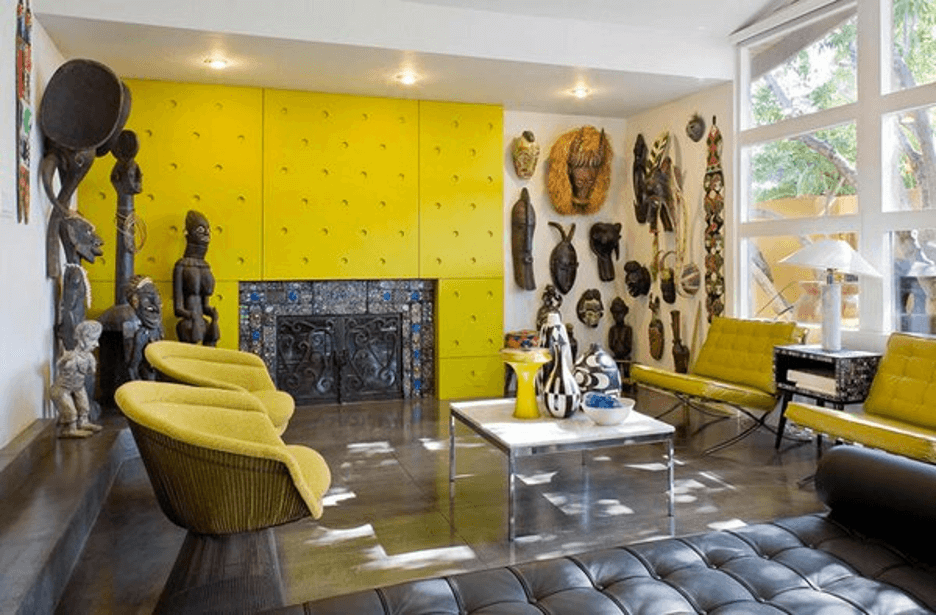
Exposed Materials
From exterior to interior, exposed raw building materials are part of the new contemporary flair in design elements. Rooms will often have exposed wooden or steel beams, or brick and concrete purposeful accents. These same materials come into play in the new designs of contemporary furniture, art, and sculpture.
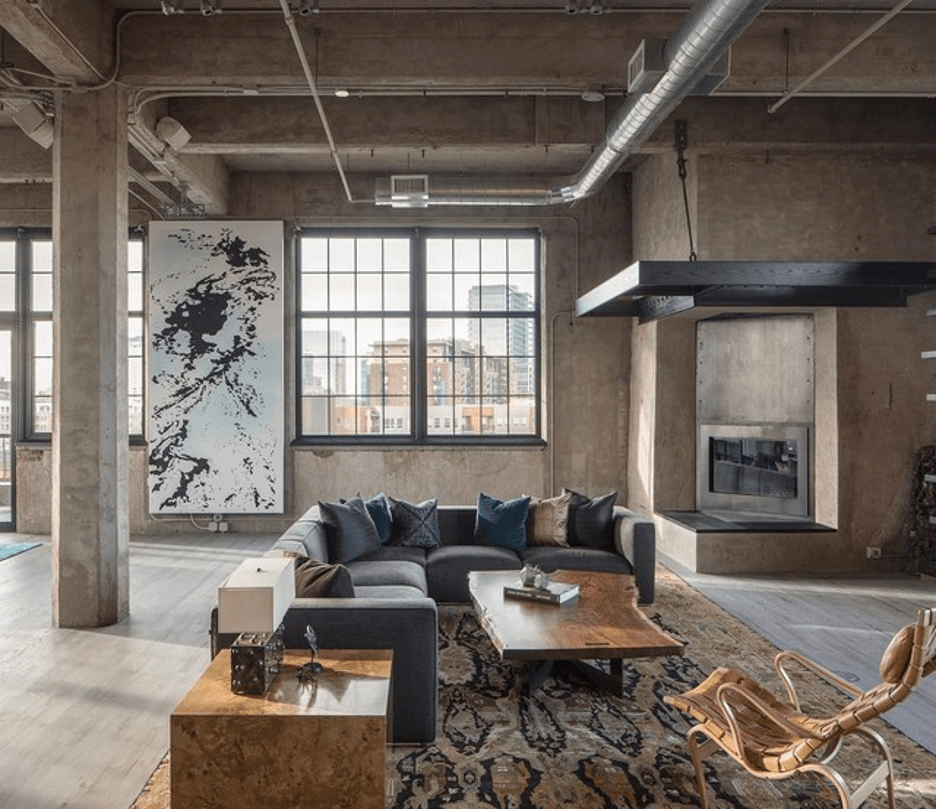
Color Tones
Many of the same paint colors bleed over from the modern era into the contemporary design style. White, black, and grey are still very popular. But so are the shades of earth tones, soft browns, muted shades of white, charcoal greys and the like. Accent walls of pop will employ colors from nature, sunset hues, fall leaves, and vibrant shades of sealife.

Minimalism
Emerging technology continues to shape the form and function of furniture in the contemporary home. Designers push the limits of function, creating fluid pieces that can morph into different shapes with multiple uses, yet maintain an aesthetic that feels inviting.

Open Space
Contemporary home interiors call for a fluid flow; the feel of openness, with ease of movement from one room to the next. No separation of space; in invitation to live the easy life is defining the new contemporary style, in work and personal settings.
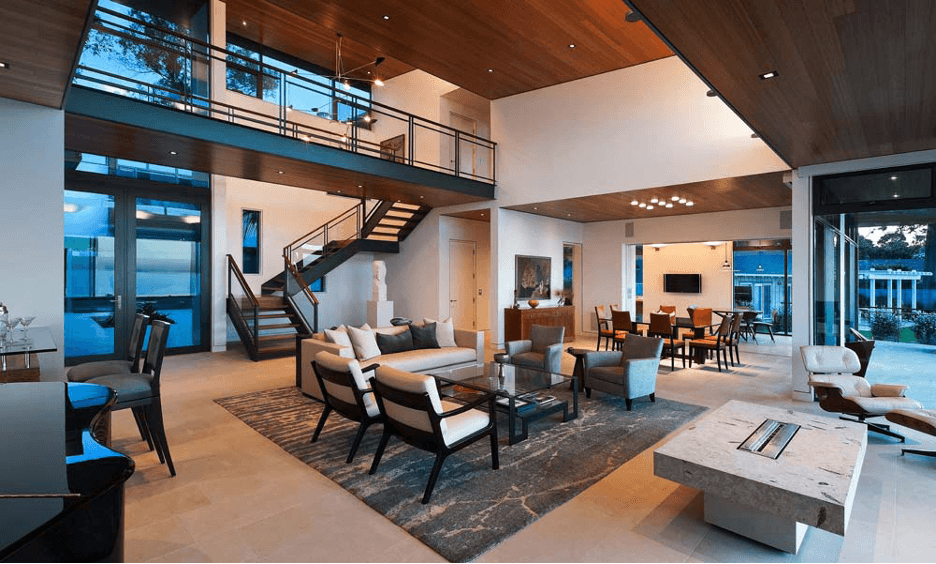
Modern Art
Contemporary design style has a definite designated place for contemporary art, usually placing a piece on its own wall or presentation area. Like other contemporary elements, function, nature, esthetically satisfying are all part of what is considered contemporary art.

Looking at some other design styles that came just before or after Contemporary gives a comparison and contrasting view into the roots and then progress of different design styles.
MODERN DESIGN
Before mid-century modern came what is traditionally known as “Modern”. It is also a predecessor to the contemporary style. This refers to the specific time period from the early to mid-twentieth century. The foundation of modern design coincided with the modern art movement, enlightened by Scandinavian and German design. Focused on using earthly colors, natural material, and a simplicity of form and function. Modern style guide here.
MID-CENTURY MODERN DESIGN
From modern came mid-century modern covering the 50’s and 60’s. The inspiration for this style grew out of the new Modernism movement that took hold after WWII, allowed to blossom because of a boom in prosperity and growing technology. What emerged was use of clean geometric lines, with an abstract style, eliminating any mawkishness. Mid-century modern style guide here.
SCANDINAVIAN DESIGN
Another style that grew from the mid-century modern movement was the Scandinavian design. It too uses a minimalist look that features soft contours, colorful accents, and a balance of engineered and organic materials. It’s simple, contemporary, and clean, using a majority of the white and grey color palette.
#vintage #interiordesign #retro #design #homedecor #contemporaryfurniture #architecture #midcenturydesign #vintagefurniture #interior #vintagestyle #modernism #furniture #decor #midcenturymodernfurniture #contemporarystyle #modern #art #contemporayhome #antiques #contemporarydesign #scandinaviandesign #vintagedecor #interiordesigner #forsale #vintagehome #home #homedesign #interiorstyling #contemporarydecor #vintageshop #furnituredesign #sdesign #teak #shoplocal #lantique #interiordecor #modernist #moderndesign #vintagedesign #spaceage #luxury #danishfurniture #decoration #designer #apartmenttherapy #shopsmall #modernart #contemporary #art #contemporaryart #design #modern #interiordesign #artist #artwork #abstract #modernart #abstractart #homedecor #interior #contemporaryartist


